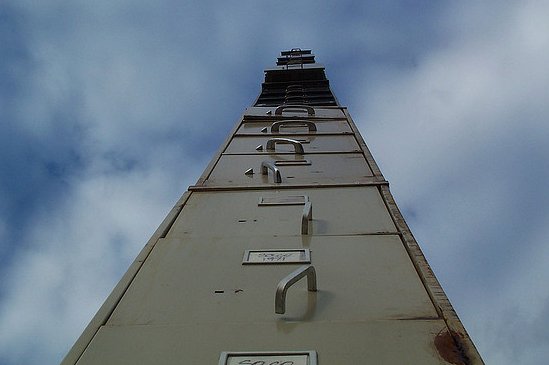
What is a Motion for Relief?
This is technically a “motion for relief from the automatic stay.” As soon as your bankruptcy petition is filed, creditors are subject to an automatic stay – stay meaning stop. This means that they have to stop debt collection efforts including calling you, writing you and trying to foreclose on your home or repossess your car. Sometimes, a creditor will push back and ask the bankruptcy court to let them carry on with their collection efforts. To do this, they must file a Motion for Relief. This most commonly happens with a mortgage or car loan.
How does a Motion for Relief work?
The creditor, usually a mortgage lender like a bank or a finance company for a car, essentially asks the judge to drop the automatic stay for just them to allow them to foreclose or repossess. In the motion, they will include how much you owe, the terms of the financing arrangement and how far behind you are on your payments and some reasons why the bankruptcy court should allow them to carry on rather than waiting out the automatic stay. A motion for relief can be filed in either common type of consumer bankruptcy – a Chapter 7 or a Chapter 13.
When should I be worried about a Motion for Relief?
If, for example, you've filed a Chapter 7 to get total debt relief and have decided to surrender your home as part of the process because you're behind on payments and don't have a way to get caught up, this isn't a worry. In this example, even if the judge said okay, lenders are pretty slow to foreclose (for the most part) and you should already be saving up to move because you planned to surrender the home.
How long does it take for a Motion for Relief to go into effect?
For those few creditors who do choose to file this motion, they usually won't rush right out and file. What's more common is that they will file within a month or two after receiving notice of your bankruptcy petition. From there, a hearing is scheduled where your bankruptcy attorney will ask the judge not to grant the motion and offer some reasons as to why they should not. Some courts require the creditors to physically show up, which may be a hassle for them if they are out of state.
What are some way to fight back against a Motion for Relief?
If you need some extra time in your home or in your car and you know your lender has a reputation to repossess or foreclose rapidly after obtaining approval on the motion for relief, your bankruptcy attorney can push back on the motion. One way to get a motion dismissed is to find errors in the filing – this can happen if clerks, rather than lawyers prepared the motion. Fighting back on the basis of improper service is also possible if the papers weren't delivered according to specific time lines. If there is a lack of supporting documents with the motion, this can also be a reason to have the motion dismissed.
